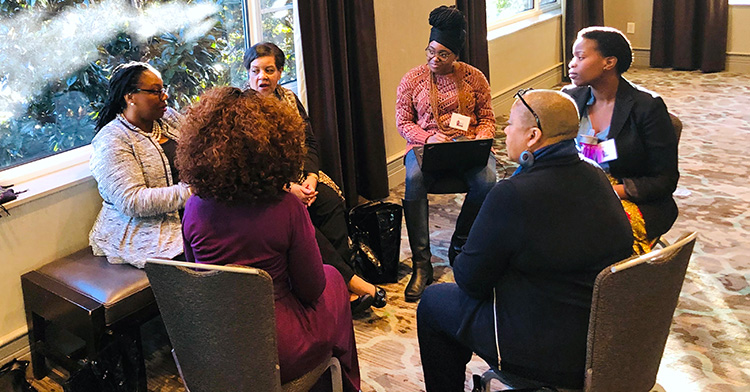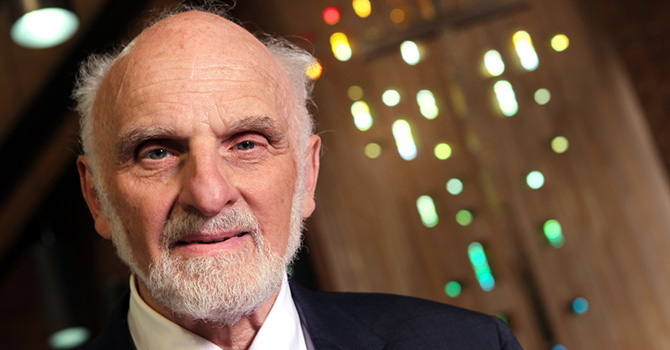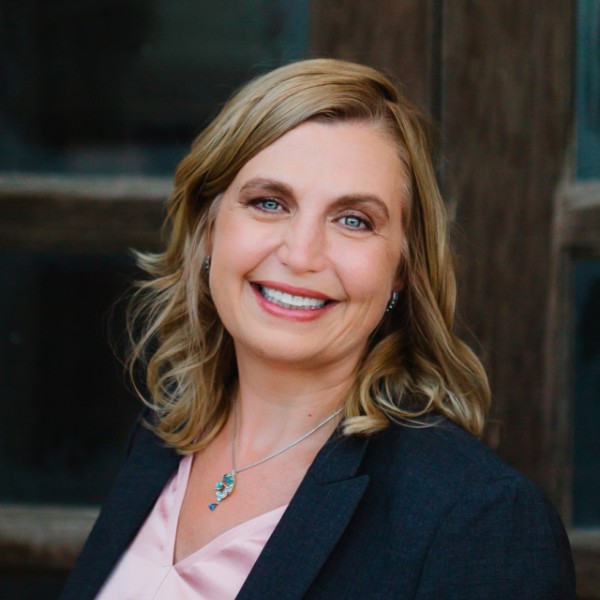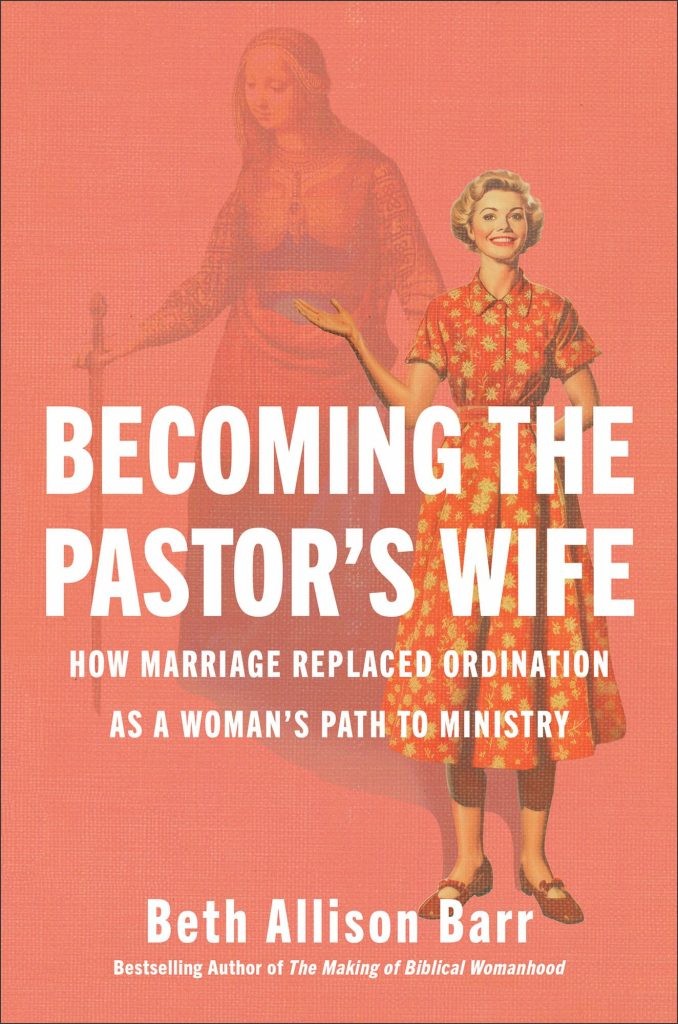When I first arrived as the senior leader of First Calvary Baptist Church in Durham, North Carolina, members and colleagues alike inundated me with questions about my vision for this 140-year-old church. As a relatively young pastor at the time, there was an unspoken expectation that my pastorate would usher in an era of immediate change and innovation.
Instead of casting any vision immediately, I embarked on a yearlong journey of listening to and learning the congregation and community. In that year, I discovered my greatest lesson as pastor to date: tradition is not a problem to be solved, but a resource to be leveraged. As a young pastor inheriting a historic religious institution, I would not focus on my age or my proximity to the next generation, but on how to receive the legacy I inherited.
Sacred inheritance is the stewardship of the spiritual, communal, moral and historic contributions passed down from one generation to another. These contributions are entrusted but are not enshrined. They serve not as success frozen in time, but as a living tradition requiring stewardship as well as discernment and prophetic imagination.
When Jesus began his public ministry, he did so by naming the continuity between his story and that of the saints of old. “Do not think that I have come to abolish the Law or the Prophets; I have not come to abolish them but to fulfill them” (Matthew 5:17 NIV). Jesus did not seek to break rank from the long-storied histories and traditions of Old Testament patriarchs and matriarchs, but rather saw his ministry as a sacred inheritance. It bridged the Old and New Testament stories.
And at the same time, Jesus’ ministry did not need to look the same as the prophets before him. Like Jesus, pastors can successfully create bridges across generations when congregants can clearly see that our visions for the church build upon and reflect a continuity of thought and identity from previous generations.
The first core value of our church is legacy. As a millennial pastor, I wanted our church to know where we were headed was directly tied to who we had always been. Part of our vision involves taking the best of the traditional church and the best of the contemporary church and creating an emerging model of ministry.
Because the average age of our congregation was 64 years old, the first ministry I got my hands on was not the youth nor the young adult ministry, but the senior ministry. With the majority of our church being seniors, to prioritize a different demographic would mean alienating a large part of our congregation. While we needed to reach a younger demographic, sacred inheritance requires stewarding the legacy that already exists before casting vision for a future that is yet to come.
Currently, over 100 seniors meet monthly through a senior lunch and learn initiative, weekly through a prayer call, and annually through a major church event. In 2024, we held a “Senior Prom” where we announced Senior Prom King and Queen. In 2025, our seniors took a trip to Lancaster, Pennsylvania, to the Sight and Sound Theater.
What we’ve learned is that providing robust ministry to our seniors, many of whom have long years of service and contributions to our church, has helped us discover our ministerial identity as a church. Our seniors have become some of the greatest champions of our next generation ministry because they recognize they need to have a faith and a church to pass down.
Celebrating our legacy isn’t just in our ministerial programming; it is embedded in the bones of our church. To commemorate our 140th church anniversary, we strategically embarked on a yearlong journey to convert empty wall space with what we called a “legacy wall.”
When you walk the halls of the First Calvary Baptist Church, the first images you will see are of women and men who have faithfully served the First Calvary Baptist Church over the decades. Over 40 feet of wall space is dedicated to the women and men who contributed, sacrificed and made First Calvary what it is today. Black and white images dominate the wall, representing a colorful history before color was even printed.
When we conceptualized the legacy wall, we first thought about transforming our main office hallway, but then we thought it would be better near the nursery and children’s church so that young people and young families would pass by every week and see the amazing contributions and sacrifice of their forefathers and foremothers.
Inheriting legacy is complex. We don’t just inherit the good; we inherit it all. When we researched our church, we discovered stories about difficult pastoral tenures, a church split and the renaming of our church, just to name a few examples.
In her novel “Beloved,” Toni Morrison coined the term “rememory,” the reliving of the suppressed and forgotten past. Characters throughout the novel are haunted by memories of the past, even those who did not directly experience the event, because of a communal forgetfulness regarding violence that had transpired.
Morrison’s rememory gives words to what happens when we fail to remember the darker parts of our past and traditions. Inheriting legacy requires handling our history with care, even when our stories are not able to be neatly packaged. It acknowledges the contributions and deposits of all pastors and people, regardless of time, tenure, or reasons for departure. The goal then of sacred inheritance is not to rewrite history, but to remember it for the purpose of charting a new yet continued vision.








